How (and why) the Ioniq 5 N does deep-fake ICE…
The first-ever EV from Hyundai’s high-performance N sub-brand is an amazing mimic. Select N driving mode, tap a couple of screen menu icons, and it will drive like it’s powered by a lively internal combustion engine (ICE) with a double-clutch transmission attached.
The tech is intended to exhilarate enthusiasts who doubt EVs are able to deliver an emotional and involving driving experience. The Ioniq 5 N combines sounds, sights and sensations familiar to anyone who’s driven a powerful ICE-powered car with a double-clutch transmission.
READ MORE: Hyundai Ioniq 5 N prototype driven. Is this the makings of an EV masterpiece?
Even though none of it is real, the virtual reality developed by the N division team is irresistible. It’s truly immersive… and very impressive. But how, exactly, do they do it?
Before we get to the bits and bytes, a little background…
Hyundai previewed the tech last year in the Ioniq 6-based RN22e, a fully functional show car it describes as a “rolling lab” for future ideas.
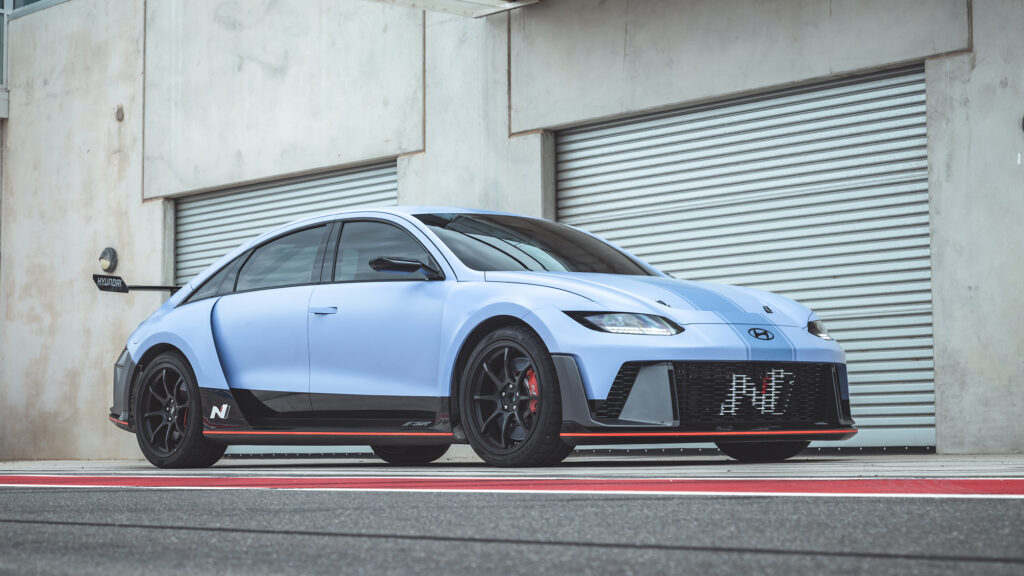
The production version will arrive in the Ioniq 5 N, due to reach Australia in the first half of 2024. Development of the tech isn’t complete, but a more advanced version than seen in the RN22e was in advanced prototypes of the Ioniq 5 N we tried recently at Hyundai’s winter test centre in the north of Sweden.
Shifting gears
The Ioniq 5 N has two motors, one for each axle. Both drive through simple, single-speed gearsets. Making these fixed-ratio transmissions imitate a double-clutch is fairly straightforward.
It’s simply a matter of writing some software instructing the electric motors to duplicate what’s felt when gears are shifted. The first step is to choose a set of virtual ratios.
They need to be realistically spaced, obviously, and there should be a realistic number of them. Though it would be easy to write the software to give the Ioniq 5 N a 12-speed virtual transmission, N have stuck with something sensible.
It’s either six or seven; we asked the question more than once, and got different answers. During our drive in the prototype, on frozen lakes and snowy tracks, we never made it all the way to top virtual gear…
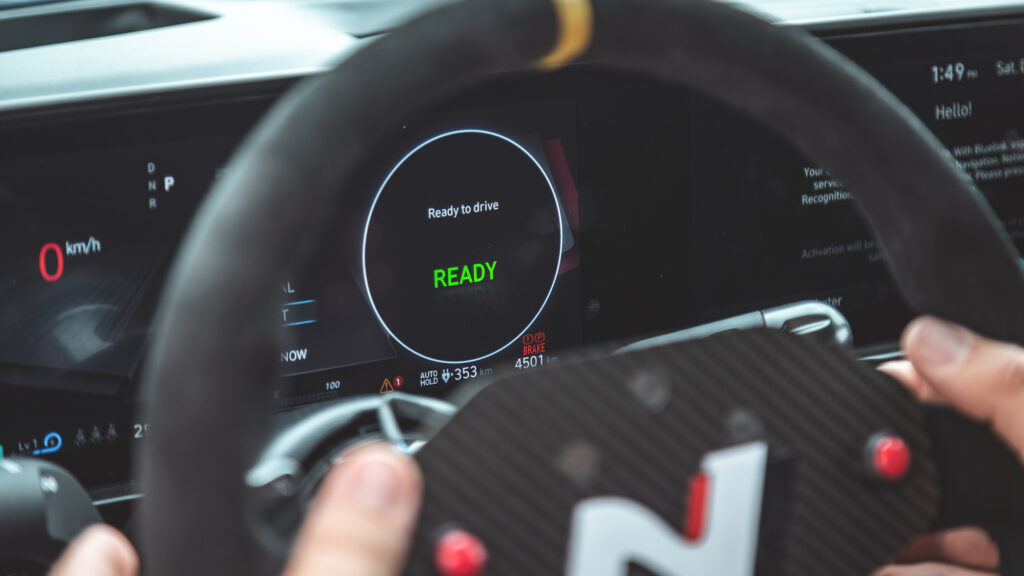
It’s attention to detail that makes the Ioniq 5 N’s gear shifting feel very realistic. And it’s not only the pause in power delivery as the virtual gears are changed…
When you shift up a gear in an ICE-powered car engine revs drop, and so does power. Tap the Hyundai’s right-hand paddle shift to go, say, from first to second, and it faithfully imitates the way this feels. The software reduces output of the electric motors after the shift, then lets it build in an ICE-like way as speed increases.
Shifting down a gear in an ICE-powered car, engine braking increases in the lower gear. The Ioniq 5 N imitates this simply by varying the strength of its regenerative braking.
It’s apparent that a lot of thought has been invested in making the virtual shifting feel just right. But there’s more…
Engine sound
Hyundai plans to offer a menu of driver selectable engine sounds in the production Ioniq 5 N. Only one item from the N Sound+ list was available in the prototype driven in Sweden.
Called Blue – a reference to the N division’s signature colour, presumably – the sound is obviously electronic. At the same time, it’s ICE-like.

Its virtual idle sound, when the Ioniq 5 N is stationary, is low-pitched throb. Pitch and volume rise in a realistic way during acceleration, and move up or down in perfect synchronisation with virtual gearshifts.
Goes without saying that the sounds have absolutely no relationship to the rate of rotation of the car’s electric motors…
Rev counter
In N mode a large tachometer is the centrepiece of the instrument display. It’s redlined at 7000rpm, though the car’s electric motors can actually spin at least twice this fast.
That redline is a deliberate choice. “This goes to our legacy on the N cars,” says executive technical advisor Albert Biermann. “The red zone is 7500, 7000, something like that.”
“We could do 15,000 and claim, hey, we are the highest revving. It makes no sense, because it’s never true. Whatever number you see, it’s never real.”
What the virtual tachometer does do is reinforce what the driver is already feeling and hearing. It’s a vital part of the total experience.
For the fun of it…
Biermann, the ex-BMW M engineer hired by Hyundai to establish the N division back in 2015, believes the virtual ICE experience should be irresistible fun.
“You feel you just transformed into a different car, and that should be the magic of the Ioniq 5 N,” he says.

“And I hope we can bring even the hardcore people, who don’t like all the artificial stuff, to the point someday where you will say: ‘Oh, damn, yeah’.”
“Now, on the track, this is really entertaining, helping me, giving me much more fun engagement, working the car, working with the car… because I feel at home.”

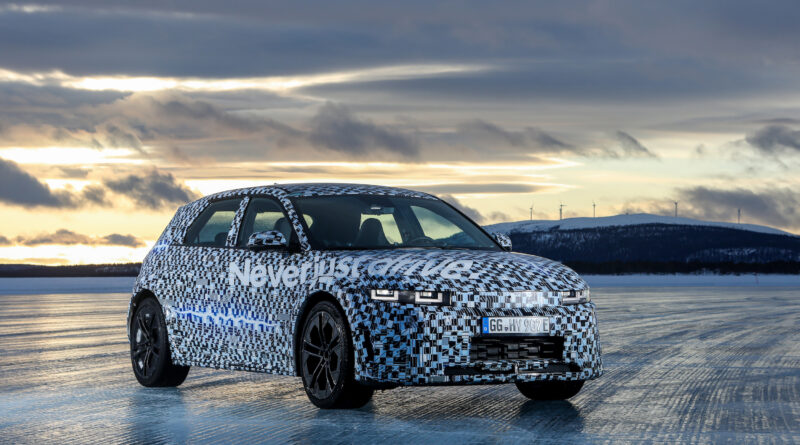

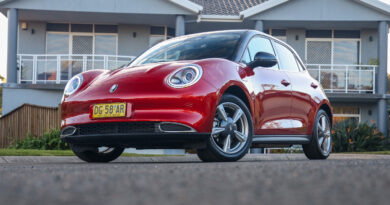
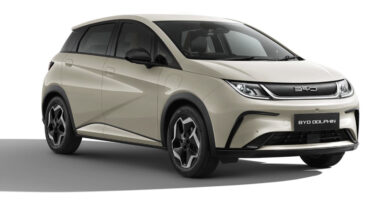
I find it somewhat interesting that EV makers are adding legacy ICE characteristics. I can’t see this continuing after (say) 2030’s, other than for the most die-hard enthusiasts. Being an EV driver for 18 months now, I find my driving “thrills” are now from the instant and quiet acceleration. No noise, no gear shifts, no jerks. Pure bliss since my last ICE